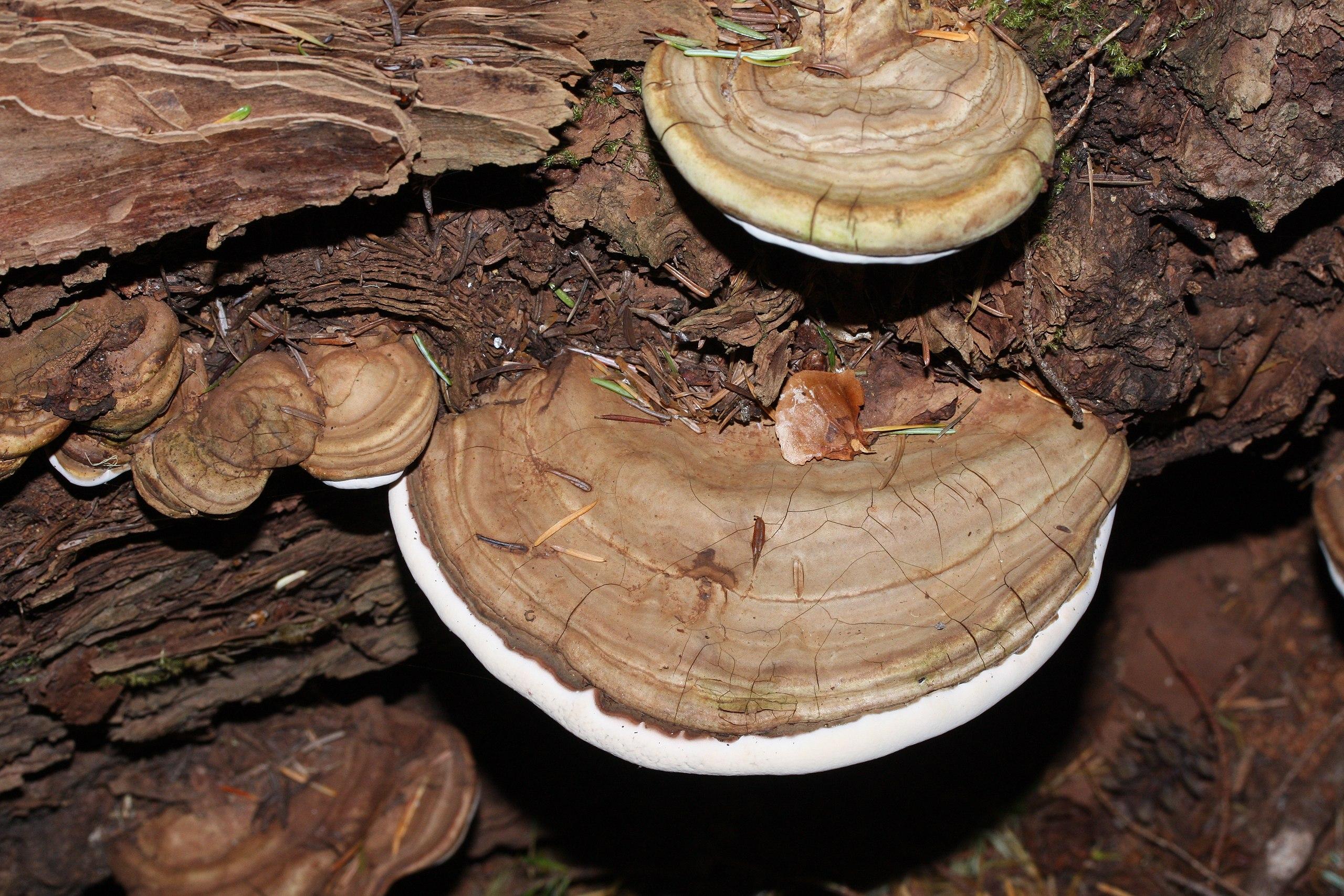
Artist's conk
Ganoderma applanatum
What is Artist's conk (Ganoderma applanatum)?
Artist's conk (Ganoderma applanatum), also known as perennial bracket fungus, is a parasitic and wood-decay fungus that primarily infects beech and poplar trees, leading to decay. While it can be found on both living and dead trees, it is more commonly observed on deceased ones. The fruiting bodies of Ganoderma applanatum are tough, woody, and inedible. They vary in size, ranging from 3 to 30 cm wide, 5 to 50 cm long, and 1 to 10 cm thick. Initially white, they gradually darken to a dark red-brown color. These fruiting bodies have a unique characteristic of continuous growth, accumulating new layers of pores over time.
How does Artist's conk (Ganoderma applanatum) occur?
Fungus reproduces through the release of brown spores from its fruiting bodies. The upper surface has reddish-brown conidia, while the underside has pores releasing brown spores. A significant number, up to 4.65 billion, can be dispersed from a small section in 24 hours. These spores are dispersed by wind or other means. When they land on suitable substrates, such as tree wood, they germinate and form mycelium, which colonizes and breaks down the wood. As the mycelium grows, it may develop into visible fruiting bodies that release spores, completing the reproductive cycle of the fungus.
Symptoms
1 - Plant Health
• Ganoderma applanatum causes rot in trees, leading to decay and tree death, particularly affecting beech and poplar species. • The fungus plays a crucial role in decomposing dead wood, contributing to nutrient cycling in forest ecosystems. • Ganoderma applanatum releases nutrients during wood decomposition but can also affect soil structure and stability.
2 - Ecological Interactions
• The fungus provides habitat and food sources, supporting biodiversity, and its fruiting bodies attract wildlife for spore dispersal. • The presence of Ganoderma applanatum can alter the visual aesthetics of trees and may pose safety risks due to weakened tree structures.
Solutions
1 - Prevention
1. Promote overall tree health through proper watering, fertilization, and regular pruning to reduce stress and vulnerability to fungal infections. 2. Select and plant tree species that are resistant to Ganoderma applanatum and suitable for local environmental conditions. 3. Minimize tree wounds by practicing careful pruning techniques, avoiding unnecessary damage to the tree bark, and promptly treating any injuries. 4. Ensure proper drainage around trees to prevent excessive moisture, as Ganoderma applanatum tends to thrive in wet environments. 5. Remove and destroy infected wood or tree debris to prevent the spread of Ganoderma applanatum to healthy trees.
2 - Chemical Control
Common fungicide active ingredients for treating wood-decay fungi like Ganoderma applanatum include propiconazole, thiophanate-methyl, and fosetyl-aluminum, but specific brand names and formulations may vary depending on the region and availability.
